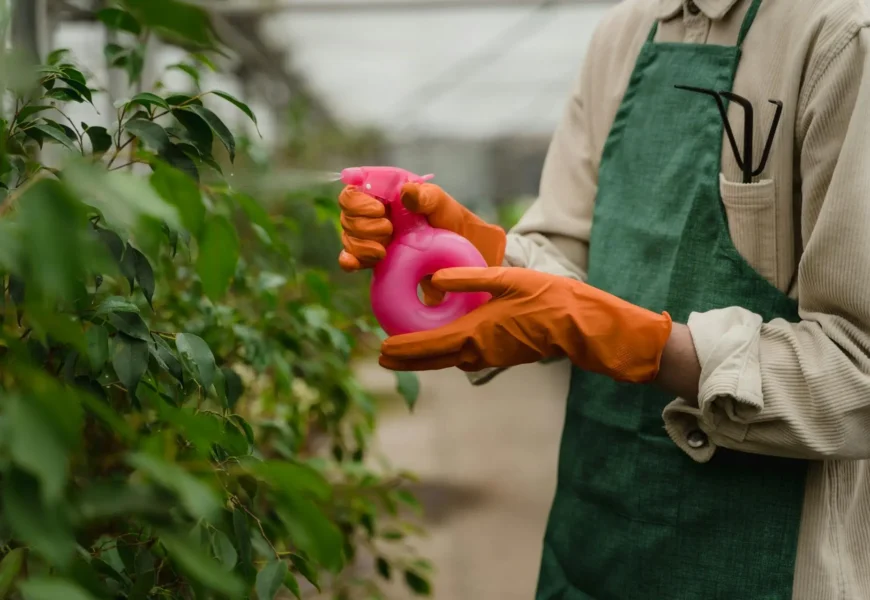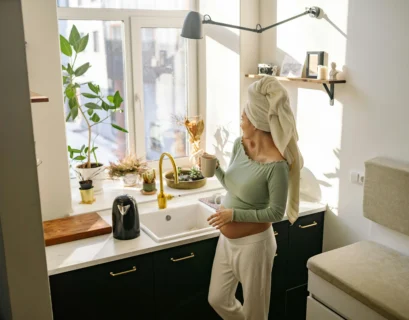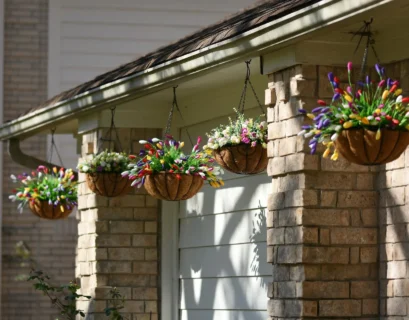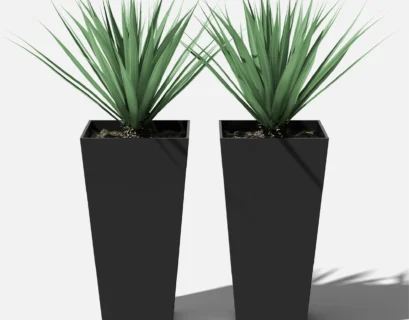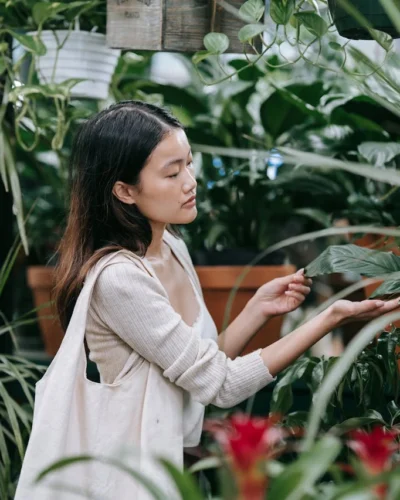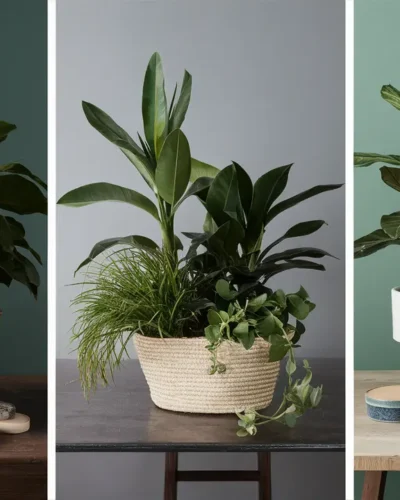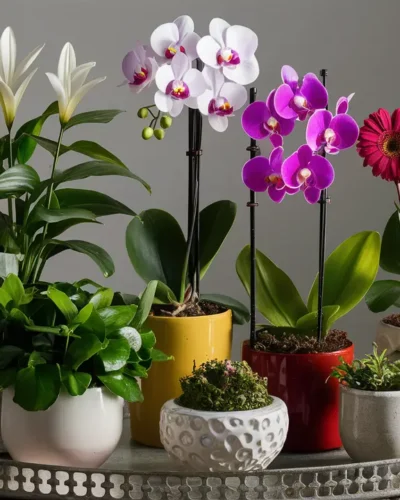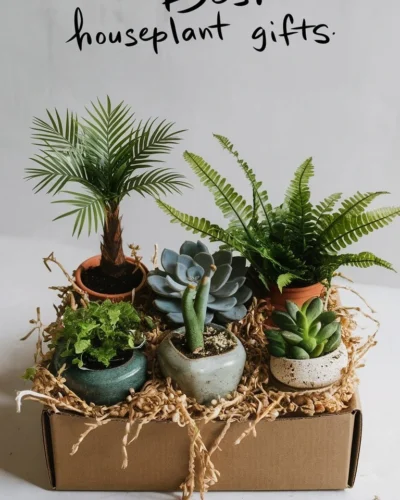Are you frustrated by your houseplants dying despite your efforts? Imagine waking up to vibrant foliage daily, without the stress of watering them constantly. Self-watering planters offer a seamless solution for indoor gardening, simplifying the care process for busy or forgetful plant owners.
How They Work?
Self-watering planters operate on a simple yet brilliant principle: they provide plants with a consistent water supply, eliminating the need for frequent watering. At the heart of these plant-saving devices lies a reservoir, typically located at the bottom of the planter. This reservoir holds water, which is then absorbed by the plant’s roots through a wicking system or capillary action.
“Self-watering planters provide a lifeline for your plants, ensuring they receive just the right amount of moisture without the guesswork.” – Self-Watering Planters for Busy People (or Plant Killers!)
Benefits and Drawbacks
The benefits of self-watering planters are as abundant as the foliage they support. First and foremost, they offer convenience.
No longer do you need to fret over watering schedules or worry about your plants while you’re away on vacation.
These planters provide a consistent water supply, allowing your plants to flourish even in your absence.
Additionally, self-watering planters promote healthier root systems by providing a steady moisture level, reducing the risk of overwatering or underwatering.
This stability can lead to lusher growth and fewer instances of root rot or dehydration.
However, like any gardening solution, self-watering planters come with their own set of drawbacks. Some may argue that they encourage a hands-off approach to plant care, detracting from the intimate relationship between gardener and plant.
Moreover, certain plants may not thrive in self-watering systems, particularly those that prefer drier soil conditions or are sensitive to excess moisture.
“Self-watering planters offer convenience and peace of mind, but it’s essential to understand their limitations and suitability for different plant species.” – Self-Watering Planters: Eco-Friendly or Not?
Different Types Available
Self-watering planters come in a variety of shapes, sizes, and materials, catering to every aesthetic preference and plant requirement.
From sleek, modern designs to charming, rustic options, there’s a self-watering planter to suit every style of decor.
One common type is the reservoir-style self-watering planter, which features a separate water reservoir that replenishes the soil as needed.
These planters often come with a water level indicator, allowing you to monitor the water level at a glance.
Another popular option is the wicking system self-watering planter, which utilizes a wick or absorbent material to draw water from the reservoir to the soil.
This system ensures a steady supply of moisture to the roots, promoting healthy growth.
“Choosing the right type of self-watering planter depends on your aesthetic preferences, plant needs, and level of gardening expertise.” – The Easy Guide to Self-Watering Houseplants
Stay tuned for the next part of our Ultimate Guide to Self-Watering Planters, where we’ll delve into how to choose the right self-watering planter for your specific needs and preferences. But before you go, check out our other helpful articles on houseplant parenthood, choosing long-lasting houseplants, and more!
How to Choose the Right Self-Watering Planter
Now that you’re familiar with the inner workings and benefits of self-watering planters, it’s time to choose the perfect one for your indoor oasis. With a plethora of options available on the market, selecting the right planter can seem daunting.
However, by considering a few key factors, you can narrow down your choices and find the ideal match for your needs.
1. Plant Compatibility
Before purchasing a self-watering planter, consider the types of plants you intend to grow. Some plants thrive in moist conditions and are well-suited to self-watering systems, while others prefer drier soil and may suffer in overly humid environments.
Research the moisture requirements of your plants and choose a planter that aligns with their needs.
“Understanding your plant’s preferences is crucial when selecting a self-watering planter. Choose a planter that provides the right moisture level for optimal growth.” – Self-Watering Planters for Different Plant Needs
2. Size and Space
Consider the size of your plants and the available space in your home when selecting a self-watering planter.
Larger plants will require larger containers with ample room for root growth, while smaller plants may thrive in compact or hanging planters.
Measure the space where you intend to place the planter to ensure a proper fit and aesthetic harmony.
3. Material and Design
Self-watering planters are available in a wide range of materials, including plastic, ceramic, metal, and wood.
Each material offers its own set of advantages and considerations in terms of durability, aesthetics, and moisture retention.
Choose a material that complements your home decor and provides the necessary functionality for your plants.
“The material of your self-watering planter can impact its performance and longevity. Consider factors such as durability, aesthetics, and moisture retention when making your selection.” – Creating a Beautiful Indoor Jungle with Self-Watering Planters
4. Additional Features
Some self-watering planters come equipped with additional features to enhance functionality and convenience.
Look for features such as water level indicators, drainage holes, and built-in saucers to simplify plant care and maintenance.
These extra touches can make a significant difference in the overall performance of your planter.
5. Budget
Finally, consider your budget when selecting a self-watering planter. While there are options available to suit every price range, keep in mind that investing in a high-quality planter can yield long-term benefits in terms of plant health and longevity.
Evaluate your priorities and choose a planter that offers the best value for your budget.
“Finding the perfect self-watering planter is a balance of practicality, aesthetics, and budget considerations. Choose wisely to create a thriving indoor garden that brings joy and beauty to your home.” – DIY Self-Watering Planter Project
By considering these factors and doing your research (https://www.epa.gov/watersense/watering-tips), you can select the ideal self-watering planter to suit your needs and preferences. Stay tuned for the next part of our Ultimate Guide to Self-Watering Planters, where we’ll explore top tips and tricks for maximizing the effectiveness of your self-watering system. And don’t forget to check out our other informative articles on houseplant care, indoor gardening, and more!

